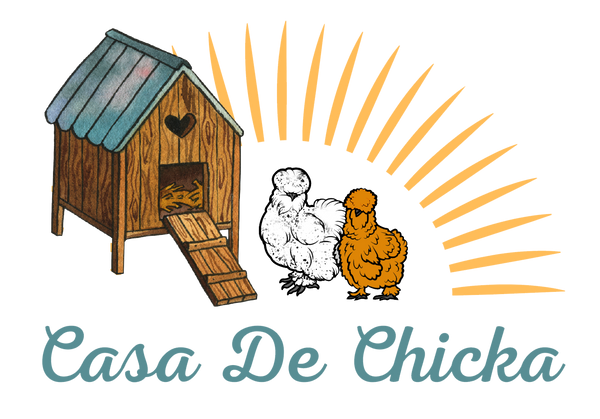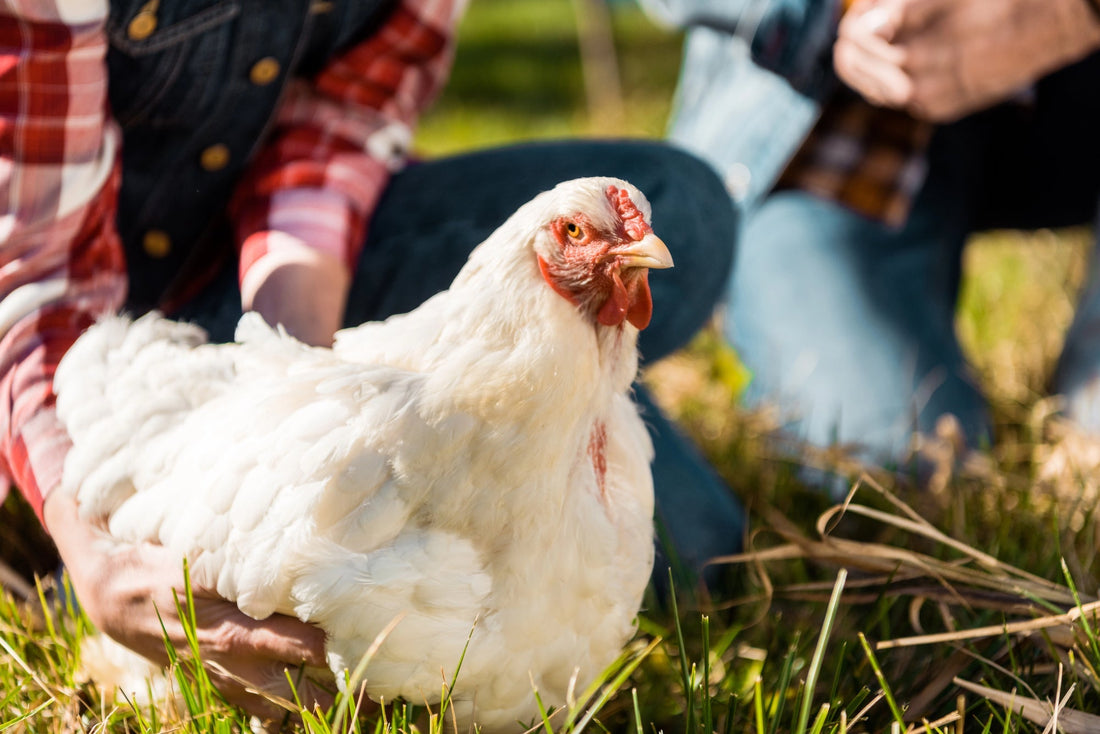Avian Influenza, commonly known as bird flu, is a highly contagious viral infection that primarily affects poultry and wild birds. While it has been around for decades, recent outbreaks have raised concerns for backyard chicken keepers and commercial farmers alike. Understanding the science behind bird flu—how it spreads, why it’s a danger to chickens, and how we can protect our flocks—is essential for all poultry owners. In this article, we’ll break down Avian Influenza in simple terms and explore its impact on chickens and the poultry industry as a whole.
What is Bird Flu?
Bird flu is caused by the Avian Influenza Virus (AIV), which belongs to the Orthomyxoviridae family. There are many subtypes of this virus, categorized by the proteins on the virus’s surface: hemagglutinin (H) and neuraminidase (N). The most common forms of concern are H5N1 and H5N8, both of which have caused major outbreaks in poultry populations worldwide.
Avian Influenza is classified into two main types based on severity:
-
Low Pathogenic Avian Influenza (LPAI): Causes mild symptoms or none at all but can mutate into a more severe form.
-
Highly Pathogenic Avian Influenza (HPAI): Spreads rapidly and is often fatal to chickens and other birds.
How Does Bird Flu Spread?
Bird flu spreads primarily through direct and indirect contact between infected and healthy birds. The virus is shed in saliva, nasal secretions, and feces, making transmission extremely easy in environments where birds are housed closely together. Here are the key ways it spreads:
1. Wild Birds as Carriers
Waterfowl like ducks and geese are natural reservoirs of Avian Influenza. They often carry the virus without showing symptoms and spread it while migrating. Their droppings contaminate water sources, feed, and soil, creating a high-risk environment for domesticated poultry.
2. Direct Bird-to-Bird Transmission
Birds in close quarters, such as in commercial poultry farms or backyard flocks, can quickly pass the virus to one another through respiratory droplets, shared food and water, or direct contact.
3. Contaminated Surfaces and Equipment
Bird flu can survive on surfaces such as feed troughs, cages, farm equipment, and even human clothing and boots. Farmers and poultry keepers can unknowingly spread the virus if biosecurity measures aren’t followed.
4. Airborne Transmission
Though not as common, in densely populated flocks, the virus can spread through the air in dust and dander, particularly in enclosed spaces with poor ventilation.
5. Human-Mediated Transmission
People who work with infected birds can carry the virus on their clothing, hands, or footwear, unintentionally bringing it into new environments. This is why strict biosecurity protocols are critical in poultry management.
Why is Bird Flu a Serious Threat to Chickens?
For chickens, Avian Influenza—especially highly pathogenic strains—can be devastating. The virus can spread so quickly that entire flocks can be wiped out within days. Here’s why it poses such a significant threat:
1. High Mortality Rate
HPAI strains can cause death rates of up to 90-100% in infected flocks. Once symptoms appear, affected chickens often die within 48 hours.
2. Severe Symptoms
Birds infected with HPAI may experience:
-
Sudden death with no prior signs
-
Swelling of the head, comb, and wattles
-
Purple discoloration of the legs and comb
-
Respiratory distress (coughing, sneezing, nasal discharge)
-
Decreased egg production or soft-shelled eggs
-
Loss of appetite and lethargy
3. Economic and Emotional Impact
For backyard flock keepers, losing chickens to bird flu can be heartbreaking, especially if they are raised as pets. For commercial farmers, outbreaks lead to massive culling efforts, costing billions of dollars in lost revenue and affecting the global poultry supply.
4. Risk of Zoonotic Transmission
Although rare, certain strains of bird flu (such as H5N1) have infected humans, leading to severe respiratory illness. The risk is low for the general public but higher for those in close contact with infected poultry.
How to Protect Your Flock from Bird Flu
Preventing bird flu requires a combination of biosecurity measures, monitoring, and vaccination efforts. Here’s what poultry owners can do:
1. Strengthen Biosecurity Measures
-
Limit Contact with Wild Birds: Cover outdoor runs, keep feed and water sources away from wild birds, and discourage wild birds from landing near your flock.
-
Clean and Disinfect Regularly: Sanitize coops, nesting boxes, and equipment frequently.
-
Footwear and Clothing Precautions: Have a dedicated pair of boots for your chicken area and use disinfectant footbaths.
2. Monitor for Symptoms and Act Quickly
Keep an eye out for sudden illness or unexplained deaths in your flock. If you suspect bird flu, report it to local agricultural authorities immediately and isolate sick birds.
3. Limit Visitors and New Birds
Bringing new chickens into your flock increases disease risk. Always quarantine new birds for at least 30 days before introducing them to the rest of your flock.
What Happens if There’s an Outbreak?
If an outbreak is confirmed, local authorities often enforce strict control measures, including:
-
Culling infected and exposed flocks to prevent the virus from spreading further.
-
Movement restrictions to limit the transportation of live poultry and products.
-
Enhanced surveillance and testing in surrounding areas to monitor further spread.
Staying Informed is Key
Bird flu is a serious but preventable threat to backyard and commercial poultry. Understanding how it spreads and taking proactive steps to protect your flock can make a huge difference. By strengthening biosecurity, monitoring for signs of illness, and staying informed on the latest outbreaks, chicken owners can reduce the risk of Avian Influenza devastating their birds.
Whether you’re a seasoned farmer or a first-time backyard chicken keeper, knowing the science behind bird flu can help you keep your flock safe and healthy. Stay alert, practice good hygiene, and always be prepared to act swiftly if an outbreak occurs.
_____________________________________________________________________________________________
Disclaimer: The information provided in this blog is for educational and informational purposes only and is not intended as medical advice. This content should not be used to diagnose, treat, or prevent any medical condition or health issue. Always seek the guidance of your veterinarian or other qualified poultry professional with any questions you may have regarding your health or a medical condition.

